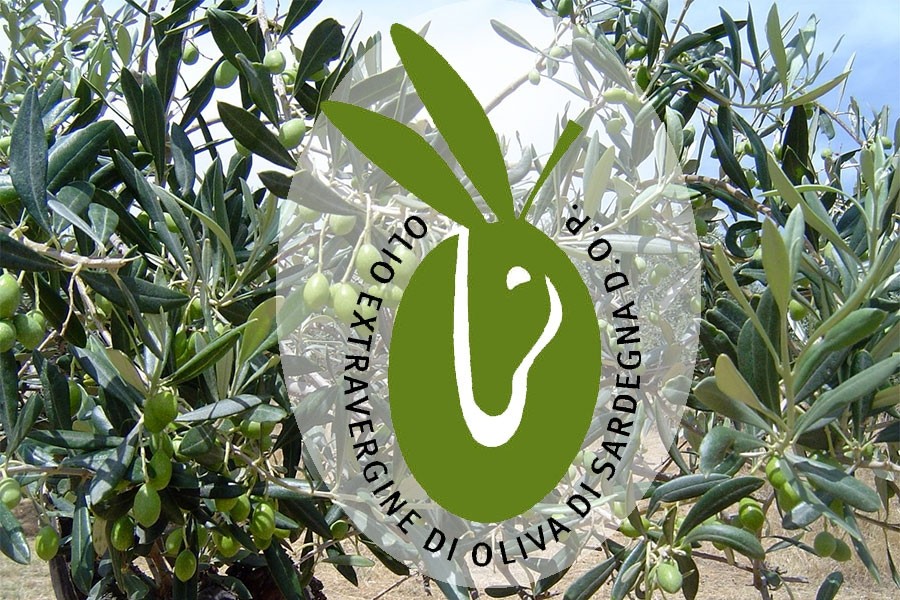Sardegna Olive Oil P.D.O.
Description
Sardegna PDO extra virgin olive oil is obtained from the Bosana, Tonda di Cagliari, Nera (Round) di Villacidro and Semidana olive varieties, which must make up at least 80% of the groves, individually or mixed.
The remaining 20% may be made up of other varieties.
Production Method
The harvest takes place between the first ripening of the fruit and January 31st of each year.
The olives must be harvested directly from the trees using either the stripping technique or machinery.
The olives must be transported to the mill and stored in suitable ventilated boxes placed in a cool environment, away from unpleasant smells and protected from wind, water and the risk of freezing.
Milling must take place within two days of the harvest.
During processing, no chemical or bio-chemical treatments or products may be used, and the ripasso method (non-stop double centrifugation) is also prohibited. The malaxation process must last a maximum of 75 minutes and must be carried out at a temperature of no more than 30°C.
Appearance and Flavour
Sardegna PDO extra virgin olive oil is green to yellow in colour, presenting variations over time.
It has a fruity aroma and flavour, with slight bitterness and piquancy.
Gastronomy
Extra virgin olive oil is highly perishable and must be stored correctly in order to maintain its organoleptic characteristics.
It should therefore be kept in a cool, dark place at a temperature between 14 and 18°C, away from heat sources and other foods that release odours.
It should be consumed within four to six months of pressing to fully appreciate its qualities.
Sardegna PDO extra virgin olive oil has a strong flavour and is ideal for liver pate crostini, grilled red meats, soups and sauces.
Marketing
The product is marketed as Sardegna PDO extra virgin olive oil.
It is sold in glass or tin plate recipients of no more than 5 litres.
The label must indicate the year of production.
Distinctive Features
Sardegna PDO extra virgin olive oil is characterised by a maximum acidity of 0.5%, a panel test result higher than or equal to 7 and a polyphenol level of at least 100 ppm.
History
Olive cultivation in the production area of Sardegna PDO extra virgin olive oil was probably introduced by the Minoans between the VIII and VII centuries B.C. In Roman times there was a significant increase in economic growth in the production and trading of olive oil, and it was during this period that the first presses were introduced for the extraction of the oil.
Over the centuries following the fall of the Roman Empire, oil production moved through various periods of growth and stagnation, lasting up until the last crisis registered in the 1960s and 1970s.
Today, olive cultivation in Sardinia is experiencing a positive growth period, oriented towards the production of prestigious, high quality olive oils.
Production Area
The production, processing and bottling-packaging area of Sardegna PDO extra virgin olive oil is within the entire territory of the Sardinia region.
Operators: 58
Production(KG): 168.600
Turnover(MLN€): 0,60
Surface(HA): 508,78

 IT
IT 